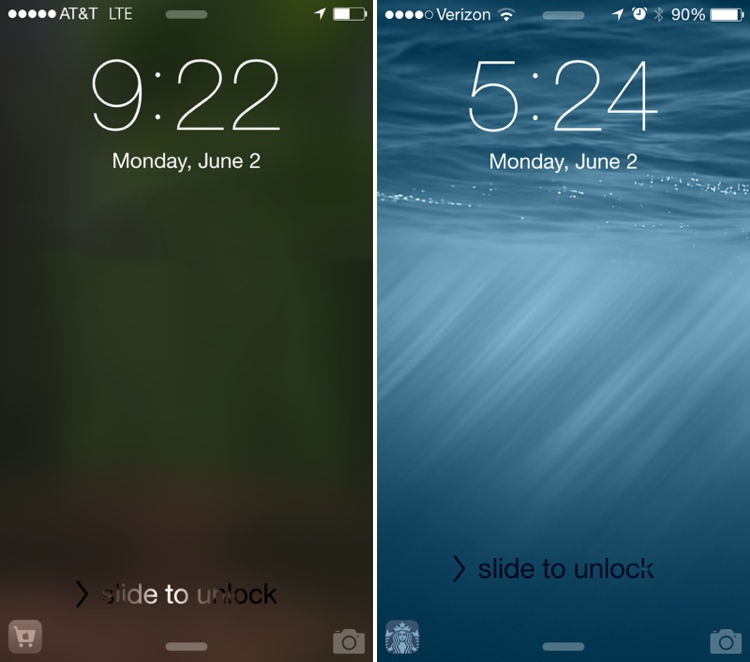Has 2014 been the ‘year of mobile’? There has definitely been significant growth in mobile usage, app growth and technologies like beacons and geofences — but don’t expect to see any of these slow down in the next few years. At the beginning of 2014, 9 in 10 Americans owned a mobile phone, 60 percent owned a smartphone and mobile usage surpassed the PC. According to Nielsen, the average U.S. consumer spends 34 hours every month on mobile devices and owns four “smart” devices (smartphone, tablet, HDTV, PC, gaming console). We are connected 24/7.
With the plethora of data being produced and gathered across all these connected devices, businesses are just beginning to process the endless possibilities for creating more relevant content, products and information for mobile users. Smartphones are used for everything from shopping, messaging, booking travel, checking-in and consuming news and content. And whatever is not done on a smartphone is likely done on another connected device. The phase of making things “mobile” is over. The next phase? Understanding the data to create more relevant and personalized experiences.

Credit: Nielsen
1. Location and proximity targeting
With the growing popularity and usage of beacons, location is becoming a huge part of mobile strategies. Companies have been using geofencing for quite a few years to trigger certain actions on mobile. Beacons allow businesses to produce even more targeted content based on indoor locations. Getting ready to check into your flight? You might receive a notification telling you when to get your boarding pass and ID out.
2. Context and personalization
With accounts connected across a number of devices, businesses will be able to use data and technology to produce more personalized and context-aware content. Imagine walking into a retailer and receiving a message that the shirt you were saw online the night before is on sale and available in store. Smart devices and apps will be able to understand individual habits based on your device usage and data. Matched with location capabilities, consumers will be served not just relevant content but information relevant to that exact time.
3. Higher app engagement and more conversions
According to Flurry, smartphone owners are using app 86 percent of the time compared to mobile browsers. Most major retailers, airlines and brands have already released their own apps. Matching those with location-aware and personalized content will produce higher engagement and conversion rates. Providing coupons based on shopping lists, or events in an area based on travel plans will make apps more useful to consumers. For iPhone users, iOS 8 will suggest apps on the lock screen based on location. This will not only help consumers more easily open apps they need but will also increase awareness of apps and potentially increase downloads.
4. NFC takes hold
Near field communication (NFC) continues to grow in the market mostly due to payments. If Apple releases an NFC-compatible iPhone 6 this fall, there will likely be an increase in mobile payments and innovative uses for NFC in marketing campaigns, advertising, business cards, connected products and travel experiences.
What other trends do you expect to take off in the next year?



 Hillshire Brands
Hillshire Brands
 Brands are embracing
Brands are embracing 
